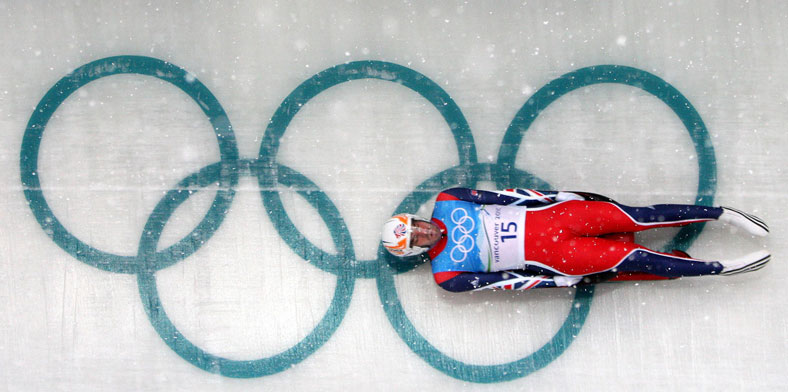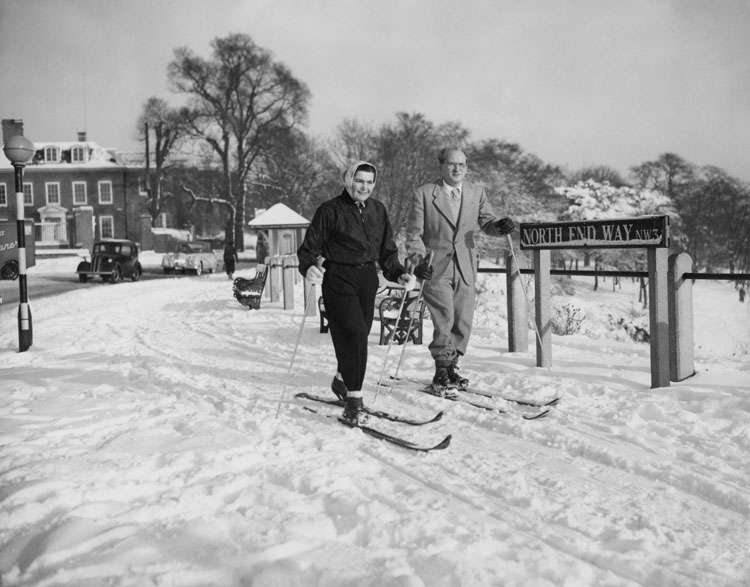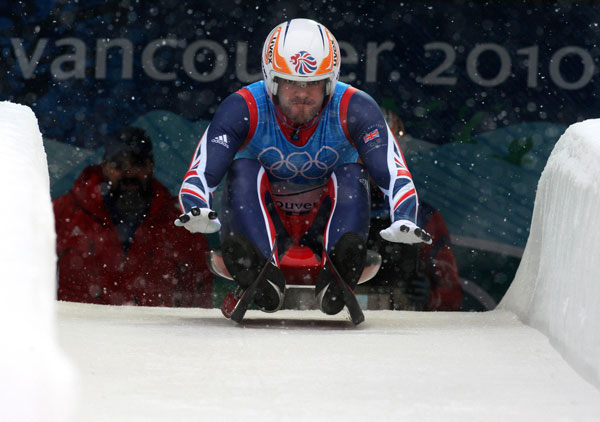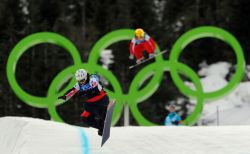
Some of the world’s top athletes have descended upon PyeongChang in a bid for gold medal glory in sub-zero temperatures, but have you ever wondered how these snowy sports began?
Here, we look back at the origins of some of the most iconic Olympic Winter Games events…
1. Figure skating
 Before the Winter Games were established as their own separate event, the London Summer Games in 1908 actually included figure skating, making it the oldest official Olympic sport and the only event in which women could participate from the very beginning.
Before the Winter Games were established as their own separate event, the London Summer Games in 1908 actually included figure skating, making it the oldest official Olympic sport and the only event in which women could participate from the very beginning.
At the first Winter Games at Chamonix in 1924, 11-year-old Sonja Henie represented Norway in the figure skating. She came last – but went on to take gold at the next three consecutive Games.
2. Cross-country skiing
As a mode of transport, cross-country skiing dates back as far as 8000 BC in Russia, but it officially became an Olympic sport for men in 1924,when Norwegian master skier Thorleif Haug took home gold for all three distance events (18km, 50km and combined).
It wasn’t until 1952 and the Oslo Games that women were allowed to participate, and even then, only in the 10km event. But nowadays, male and female athletes can both compete in six different cross-country distances.
3. Curling
Introduced during the 1912 Olympics in Sweden, demonstration sports were a typical feature of the Summer and Winter Games alike, designed to allow countries to showcase their national sports on the world stage. Competitors in these events would still receive medals, but they were smaller and not counted in the total count for each nation.
Curling – in which teams compete to get their ‘stones’ as close to the centre of a target as possible, by sliding and guiding them across the ice – was one such demonstration sport in the inaugural Winter Olympiad, but was dropped for the second Games at St Moritz, Switzerland. After decades of being a demonstration sport thereafter, it joined the official Olympic programme in 1998.
4. Biathlon
The Biathlon, which has its roots in Scandinavian hunting practises, combines cross-country skiing and rifle shooting. It also started out as a demonstration sport, in St Moritz, before being officially added to the men’s Olympic roster at the 1960 Games in Squaw Valley, California. It took another 32 years before women could compete in individual, sprint and relay biathlon events, at the 1992 Games in Albertville, France. More recently, pursuit and mass-start events have been added to the biathlon line-up.
5. Luge
 One of the oldest Olympic sports, Luge, which comes from the French word for sledge, sees athletes lying on their backs on a very small sled, and zipping down an icy track at around 140kmph – without brakes!
One of the oldest Olympic sports, Luge, which comes from the French word for sledge, sees athletes lying on their backs on a very small sled, and zipping down an icy track at around 140kmph – without brakes!
This mind-boggling – and terrifying-looking – pursuit started out as a tourist attraction for adrenaline junkies back in the 1870s and eventually became an Olympic sport in 1964 at the Innsbruck Games, with men’s, women’s and mixed events. The programme hasn’t changed since.
6. Freestyle skiing
In contrast, freestyle skiing is one of the youngest Winter Olympic sports. It originates from the 1920s, when skiers in the US started to experiment with acrobatic flips and tricks on the slops, which came to be known as ‘hotdogging’.
In the late Seventies, the International Ski Federation brought in regulations to curb some of the more dangerous elements of the sport, paving the way for the official introduction of the ‘mogul’ event at the Albertville Games. Since that year, several other events have been added, most recently the ‘slopestyle’ and ‘halfpipe’ at Sochi in 2014.
7. Snowboarding
Even more modern than freestyle skiing, snowboarding also has its origins in America, where it began life as a sort of hybrid of skateboarding, surfing and skiing.
Initially greeted with hostility by skiers, who saw the slopes as ‘their’ domain, the sport gained global popularity by the Nineties and made its Olympic debut at the 1998 Nagano Games. Initially, athletes competed individually but at the Turin Games in 2006, a Cross event was added, which sees four or six snowboarders race down a course.





